| Title | Pullman |
| Park Code | pull |
| Description | In a growing Chicago neighborhood, diverse people and stories intertwined. All were seeking opportunity. Some succeeded. Others were limited—by race, gender, or economic status. Their stories came together in Pullman, a planned industrial communi... |
| Location | |
| Contact | |
| Activities |
|
| Entrance fees |
|
| Campgrounds | Count: 0
|
| Places | Count: 13
Administration-Clock Tower BuildingBuilt in 1880, the Administration Clock Tower Building formed the central mass of a monumental structure seven hundred feet long. As the manufacturing center of Pullman, the Administration and Factory Complex was an unusually ornate industrial building designed to sit in a park-like setting. 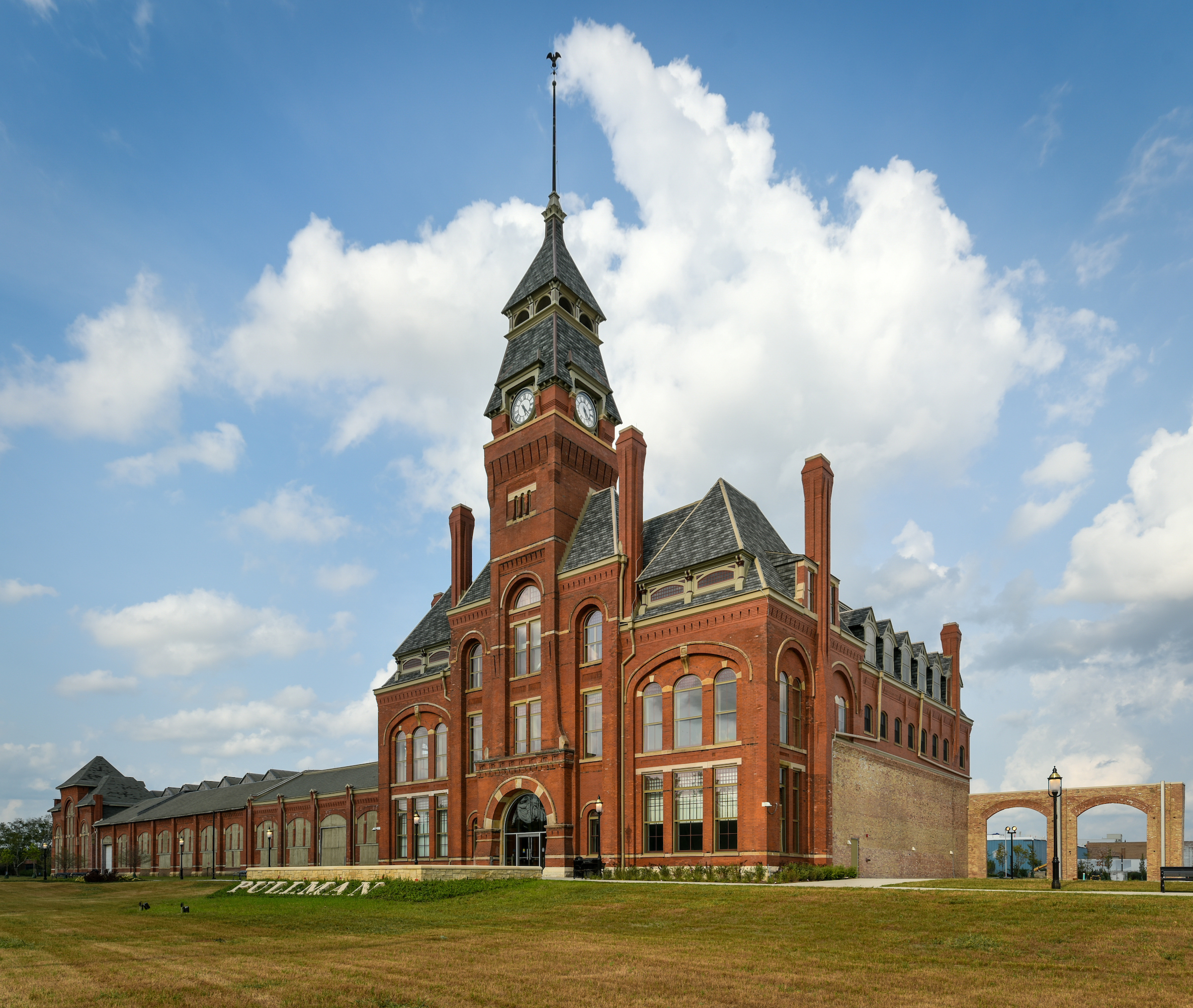
Arcade ParkDesigned by Nathan Barrett, Arcade Park was a formal garden for residents to use for leisure in the Pullaman Company Town. 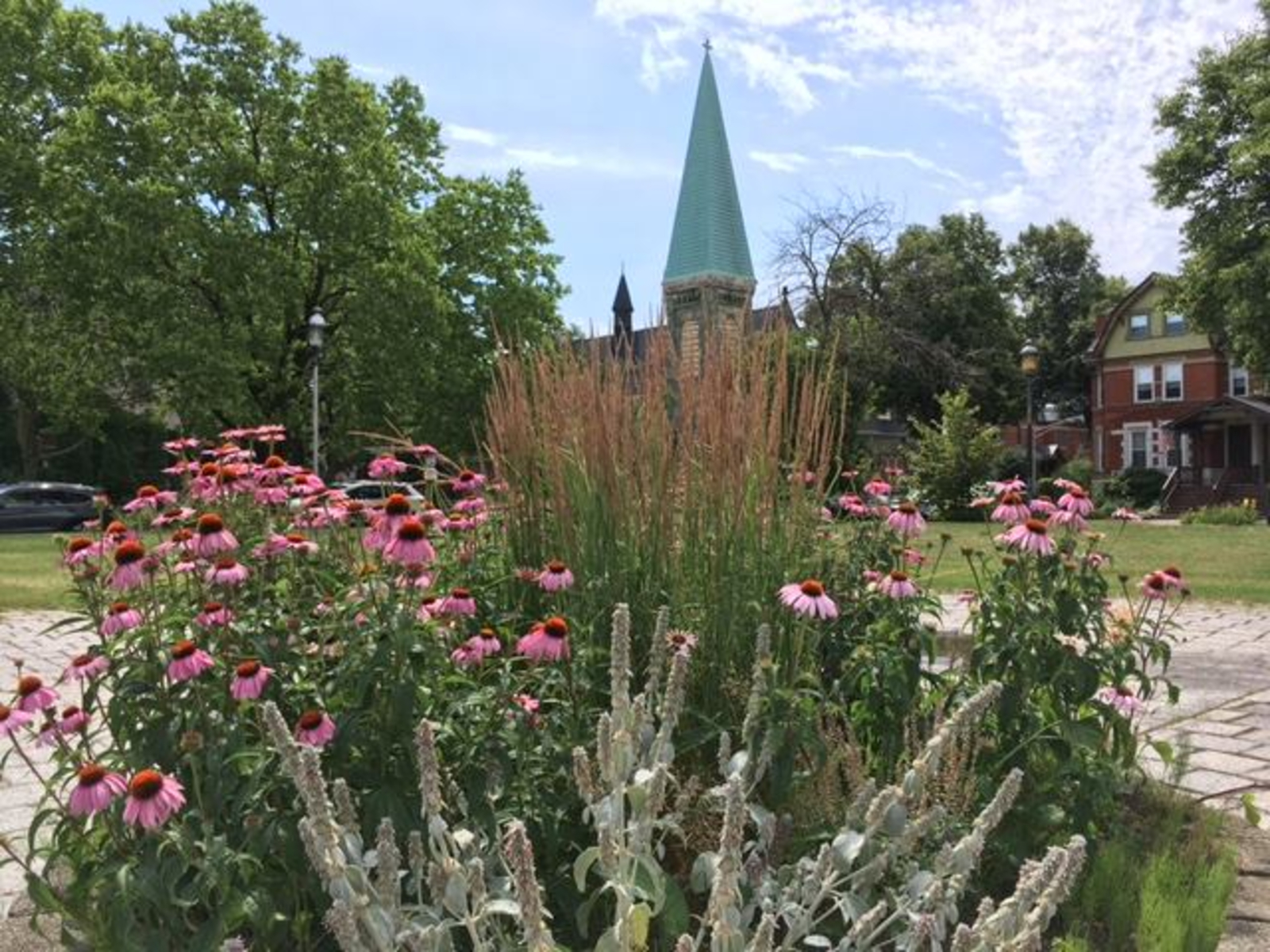
Greenstone Church (Greenstone United Methodist Church)Greenstone Church was built in 1882 as part of the original plans for the Pullman company town. The church was designed by Solon Beman and features a unique facade of green stone quarried in Pennsylvani and seats 600. 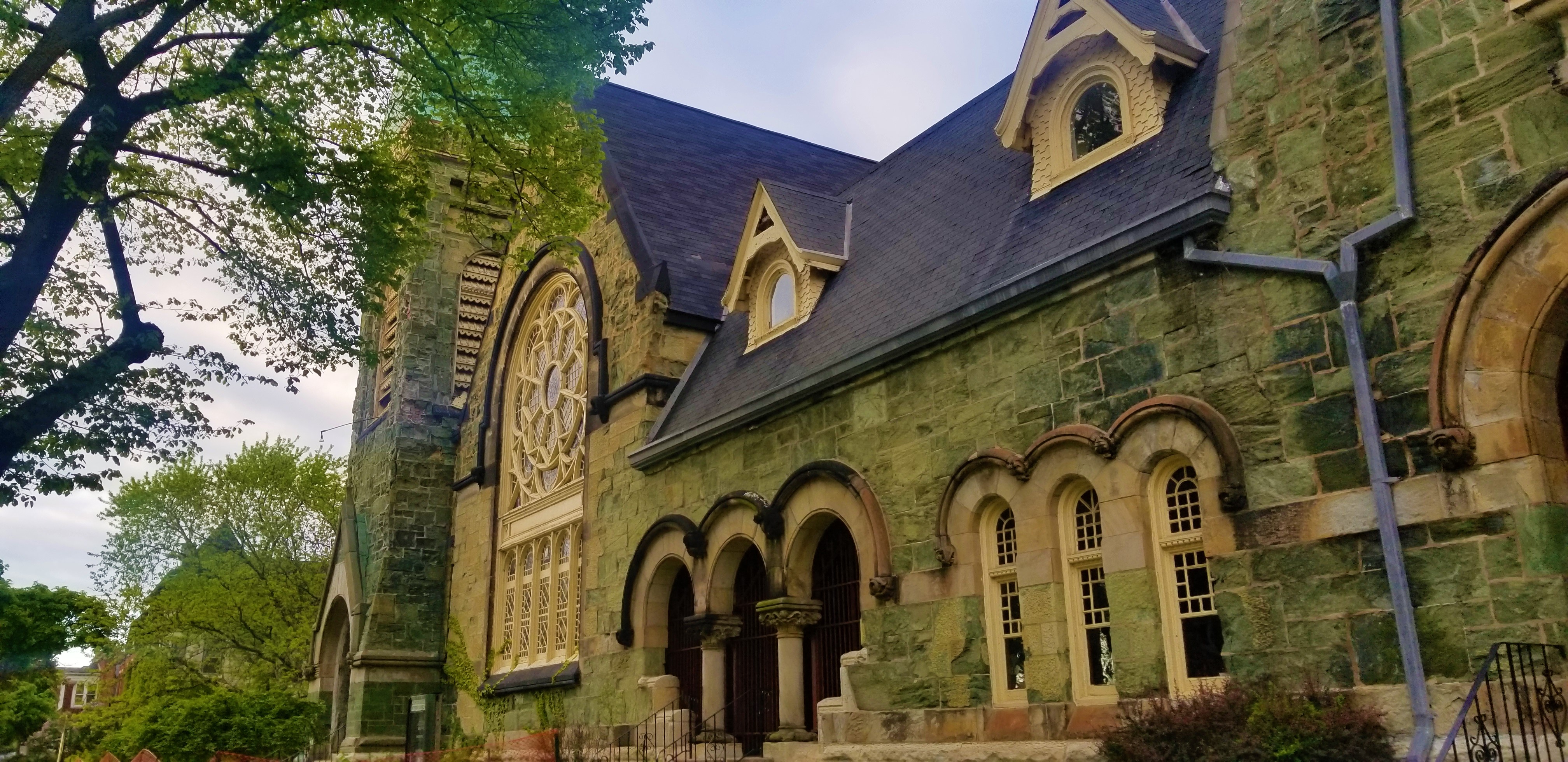
Historic Pullman Foundation Pullman Exhibit HallVisit the Historic Pullman Shared Visitor Information Center located at Cottage Grove and 112th Street. Volunteers and partners from the Historic Pullman Foundation are on-hand to answer questions and provide suggestions on how to enjoy your visit to the monument. There are informational displays, artifacts and an introductory film available. 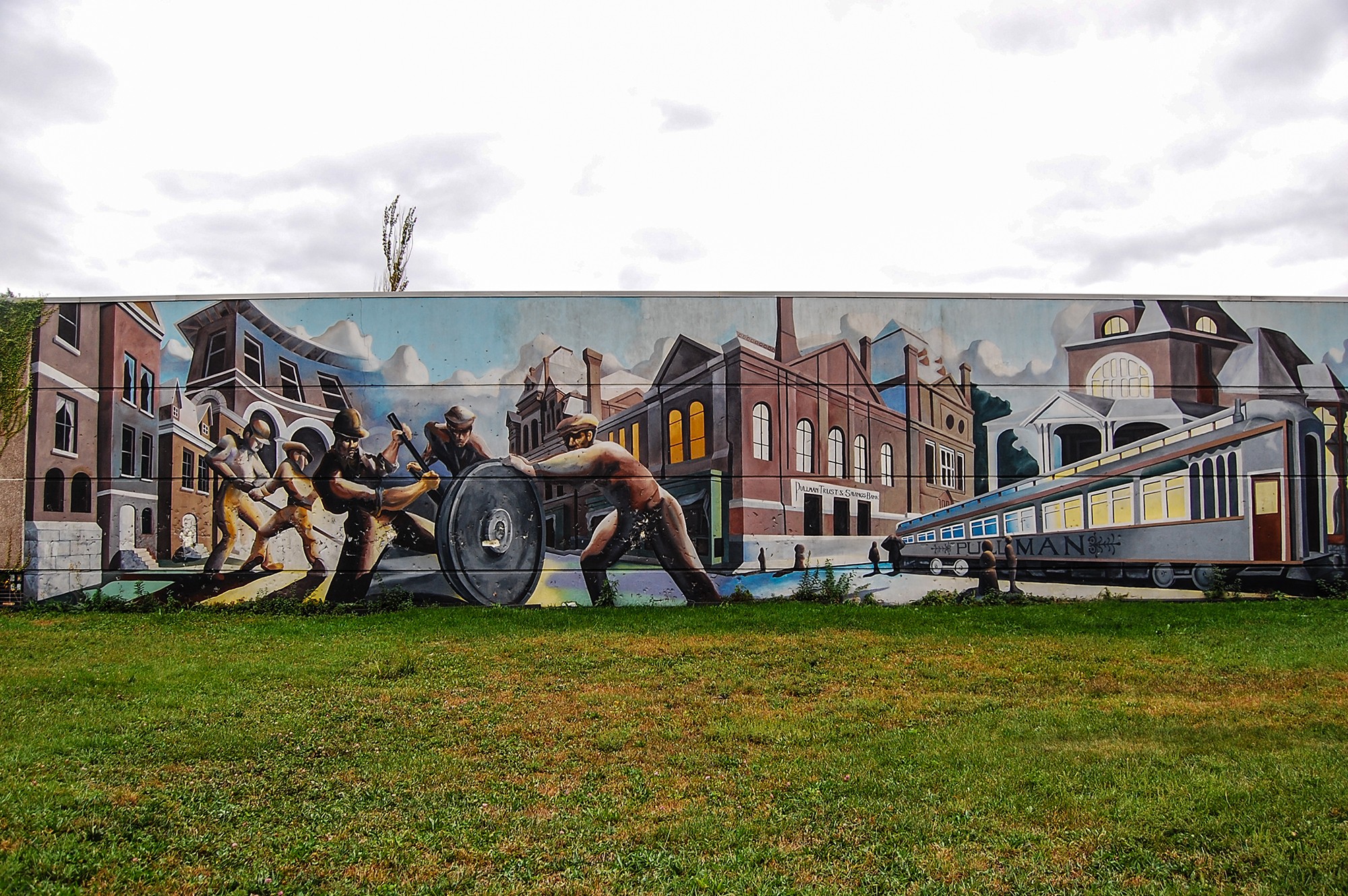
Historic Pullman WheelworksThe Pullman Wheelworks was built in 1918 as a manufacturing facility for the Packard Open Body Shop for assembling Packard Automobiles. The facilities were built by the Pullman Company in contract with Packard from 1919 to 1923. 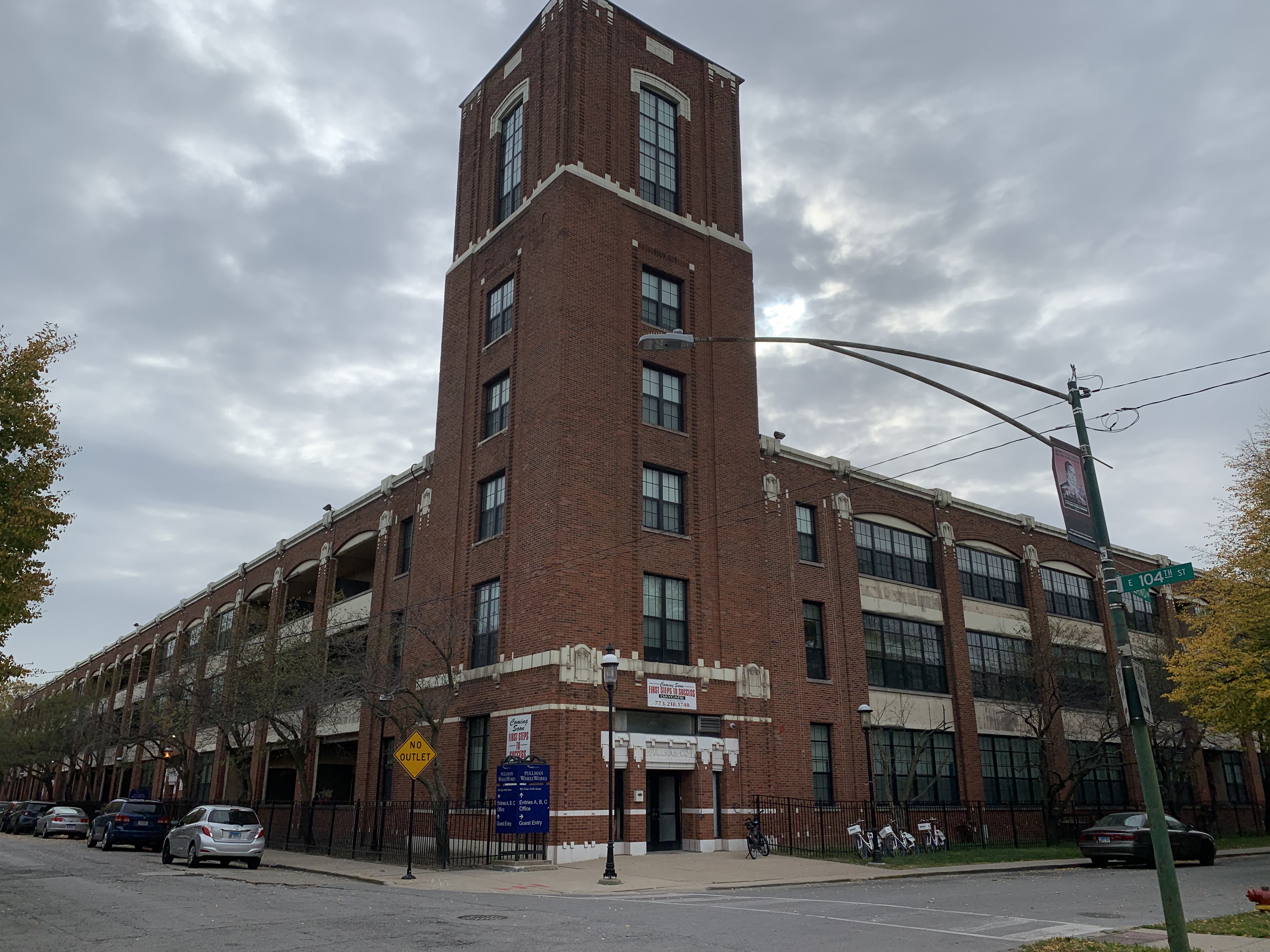
Historic Pullman Workers' HomesThe homes built in the original 1880's Pullman Company Town were made in various sizes and designed to accommodate workers of all levels. The homes were rented out to residents by the company and boasted having unique amenities such as indoor plumbing (flush toilets), well ventilated and lighted rooms, and for executive homes steam heating. 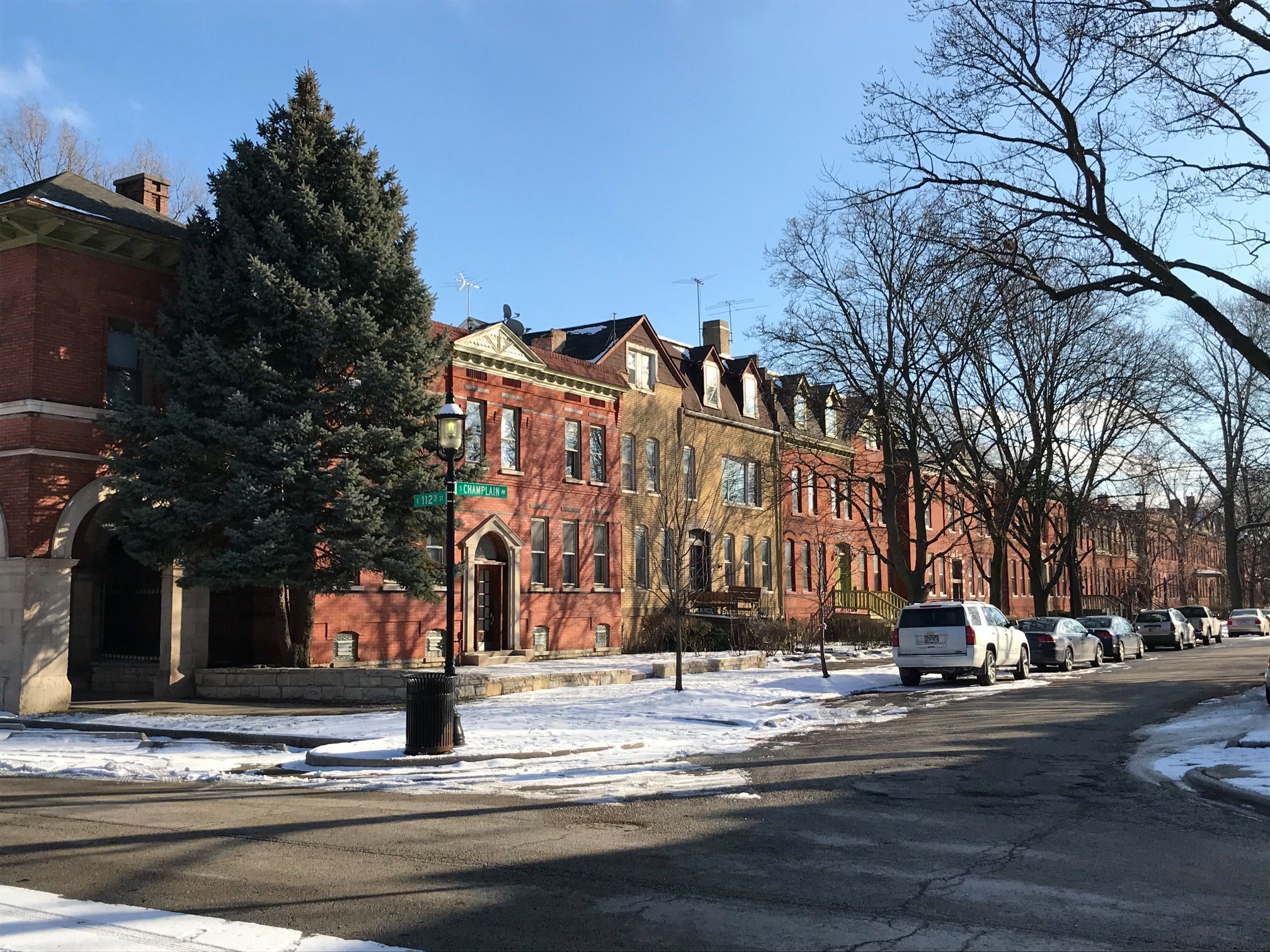
Hotel FlorenceThe Hotel Florence is a former hotel located in the Pullman Historic District on the far south side of Chicago, Illinois. It was built in 1881 to a design by architect Solon Spencer Beman. 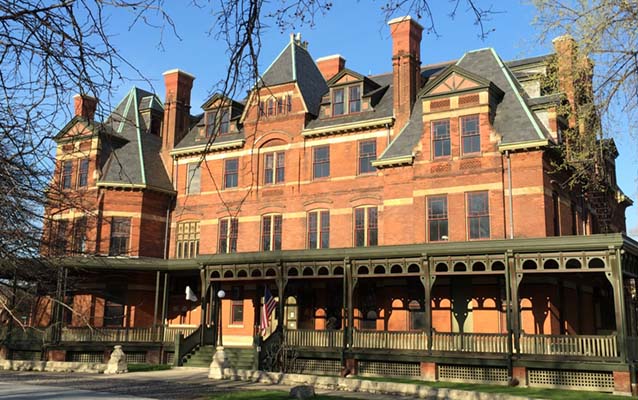
Illinois and Michigan Canal National Heritage AreaThe Illinois and Michigan Canal National Heritage Area heralded a new era of trade and travel for the nation during the mid-1800s through the early 1900s. It was the economic engine that poised Illinois to become the most populous inland American state by opening trade in the region and in America’s heartland. 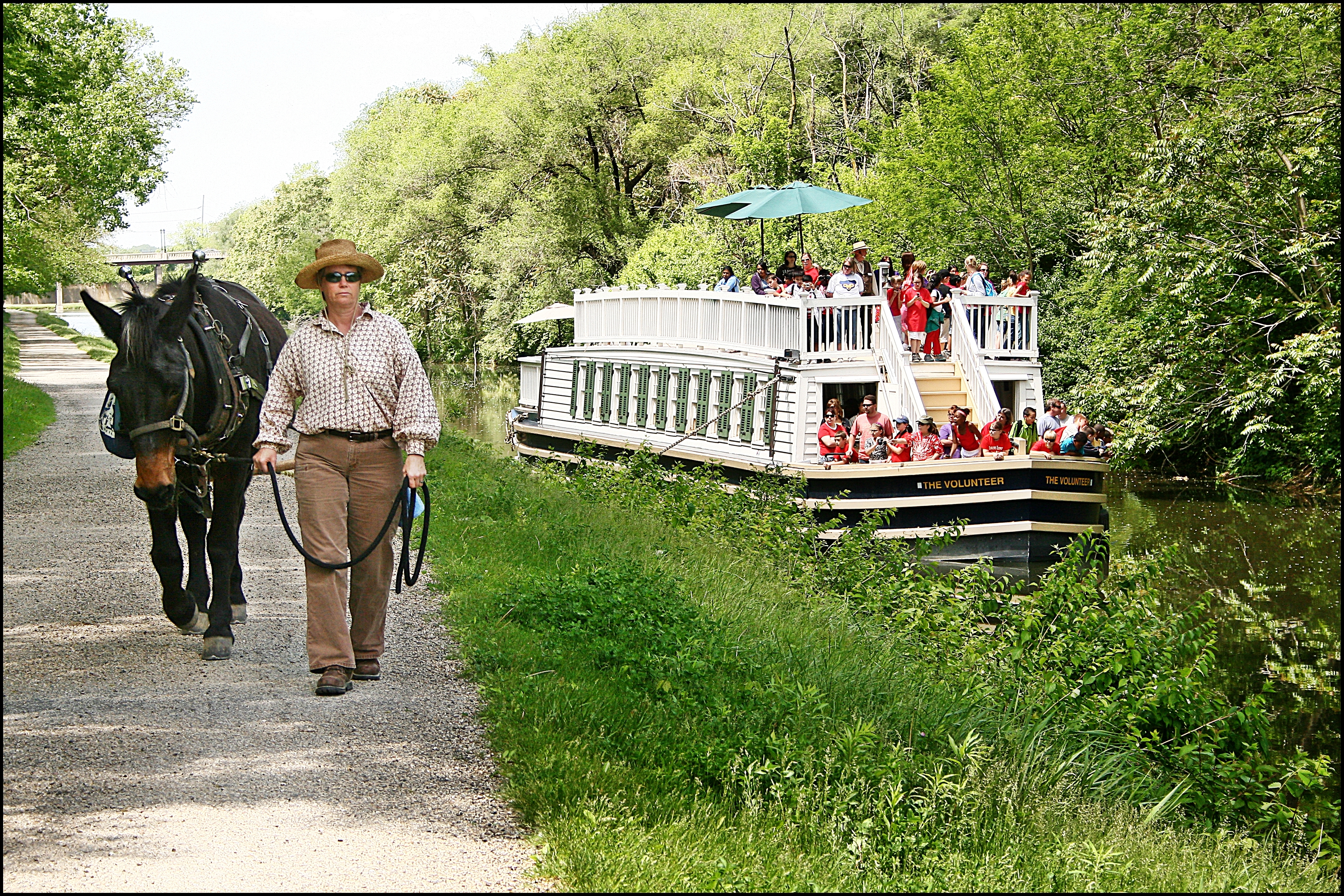
Illinois: Pullman National Historical ParkPullman National Historical Park is located in Chicago and was established in 2015. Built in 1880, Pullman was the first model, planned industrial community in the United States. In 1995, the A. Philip Randolph Pullman Porter Museum, located at Pullman, was founded to commemorate both the life of A. Philip Randolph and the role of the Brotherhood of Sleeping Car Porters and other African Americans in the U.S. labor movement. 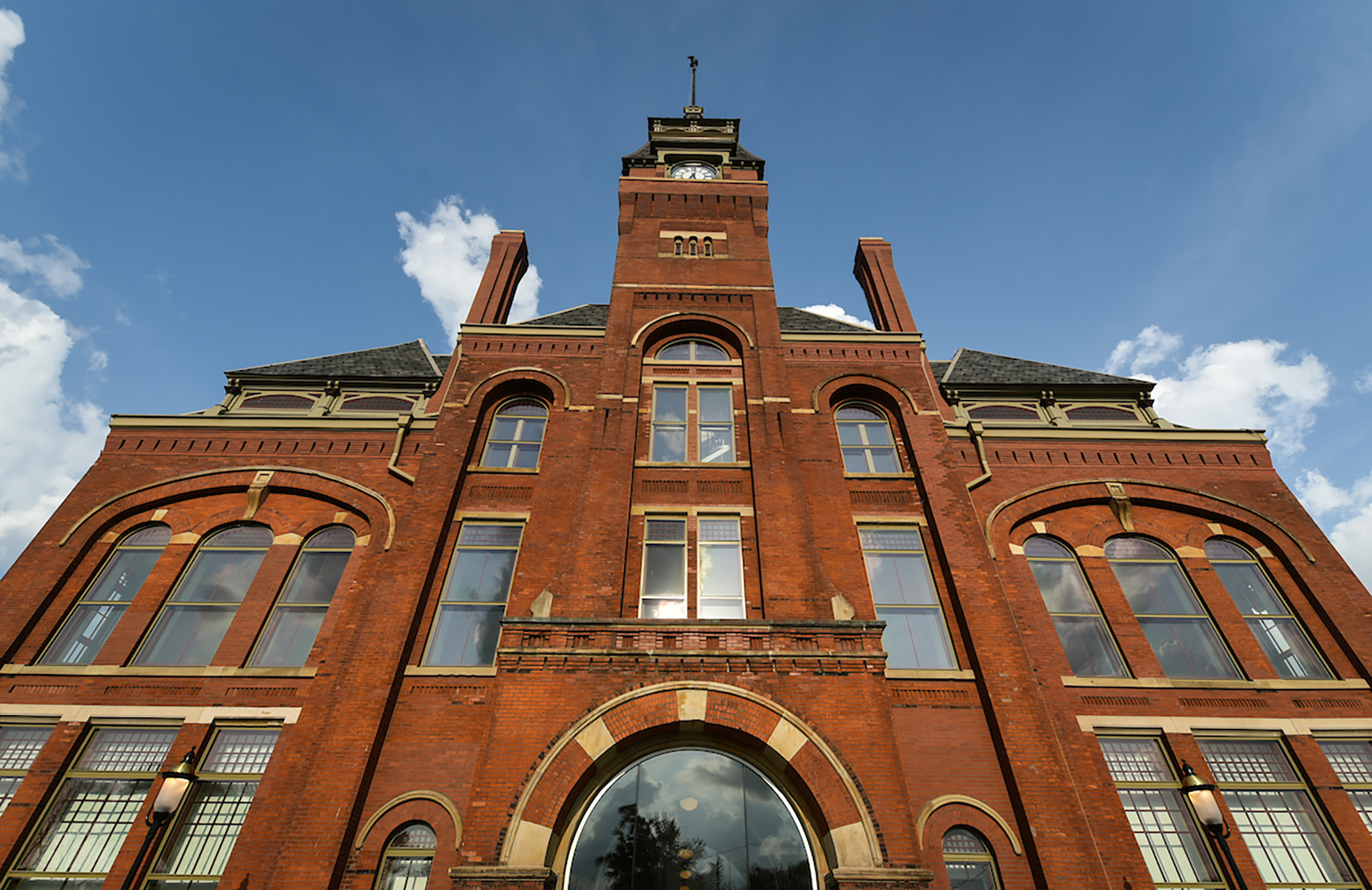
Market HallMarket Hall was built with the original Pullman town in the early 1880's. Its first design had two floors containing a lunch counter, sixteen stalls for the sale of fresh meats and vegetables, and a meeting hall. In 1892 it was destroyed by fire, but soon after a second version of the Market Hall was built in 1893. The new design was three stories high and colonnade apartment were built around the building. 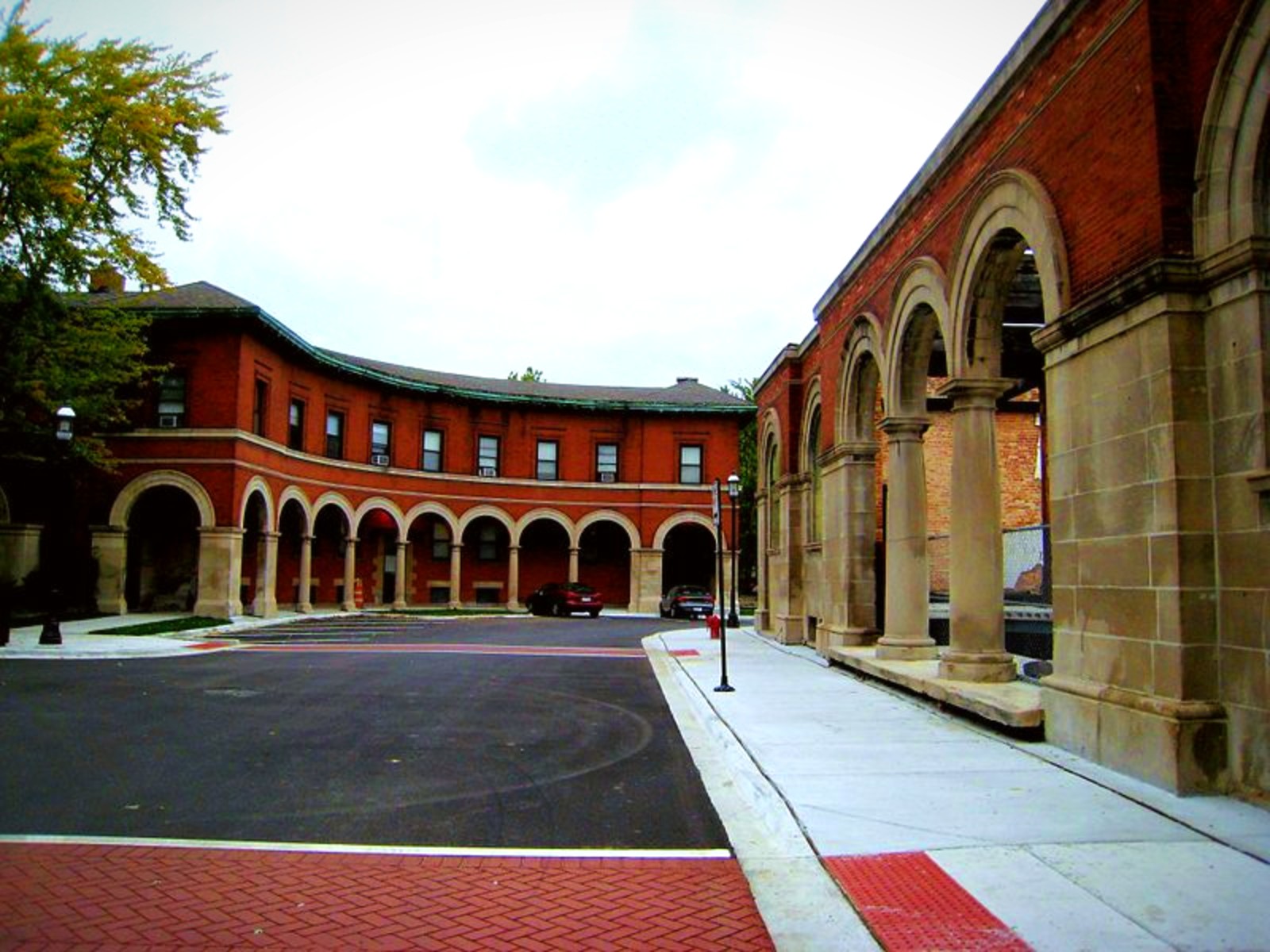
National A. Philip Randolph Pullman Porter MuseumThe National A. Philip Randolph Pullman Porter Museum (NAPPRM) was founded in 1995 by Dr. Lynn Hughes. The museum is named Asa Philip Randolph and Pullman Porters, the men who made up the membership of the Brotherhood of Sleeping Car Porters (BSCP) union. 
Pullman FirehouseThe Firehouse was built in 1894 in a Romanesque style. It is the last firehouse in Chicago with a hose-drying watch tower. The tower was used to survey the area for any signs of fire nearby. 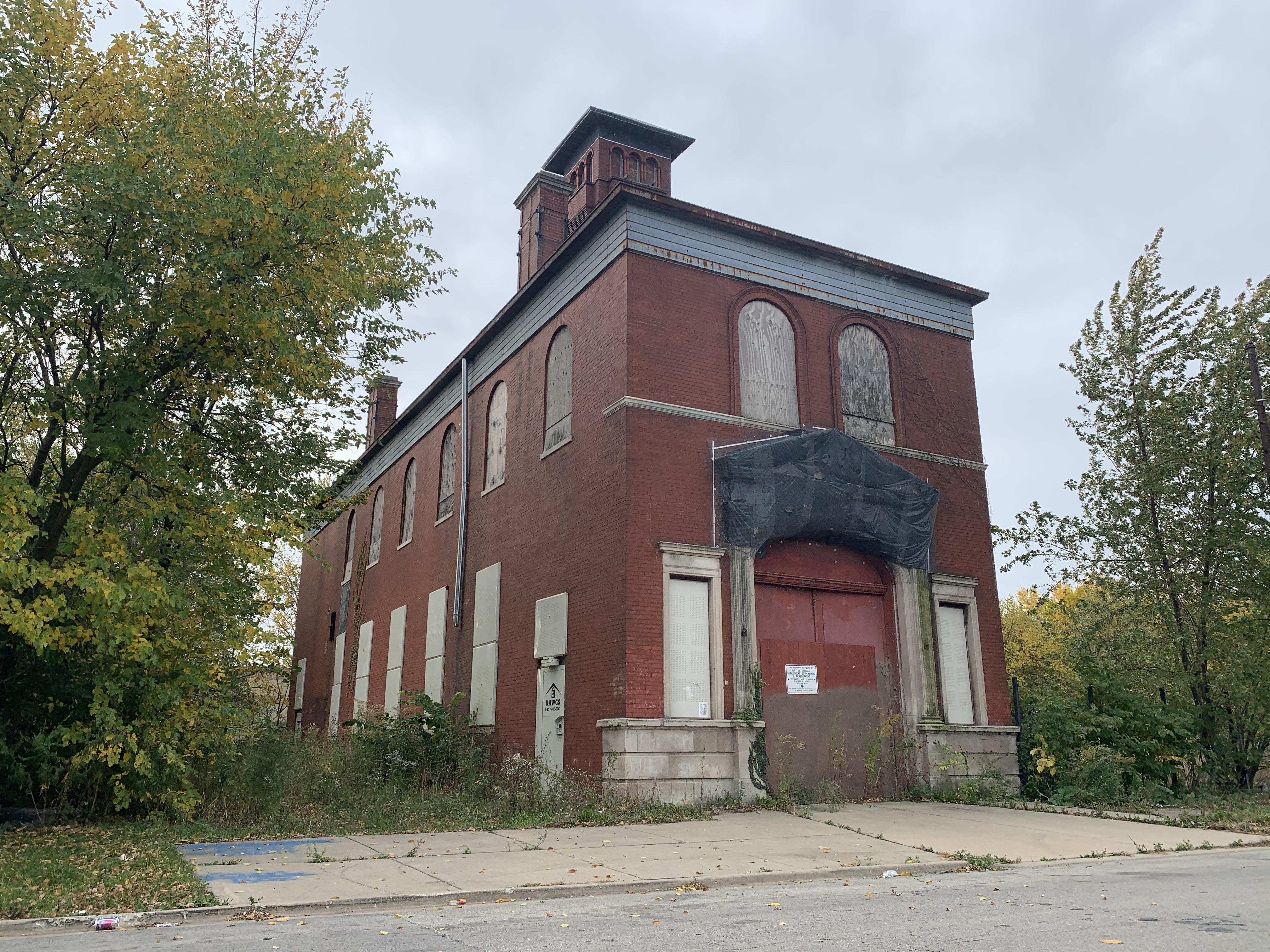
Pullman House ProjectVisitors will be welcomed into several Pullman residences decorated for the period and will also meet Pullman families in the places they called home. 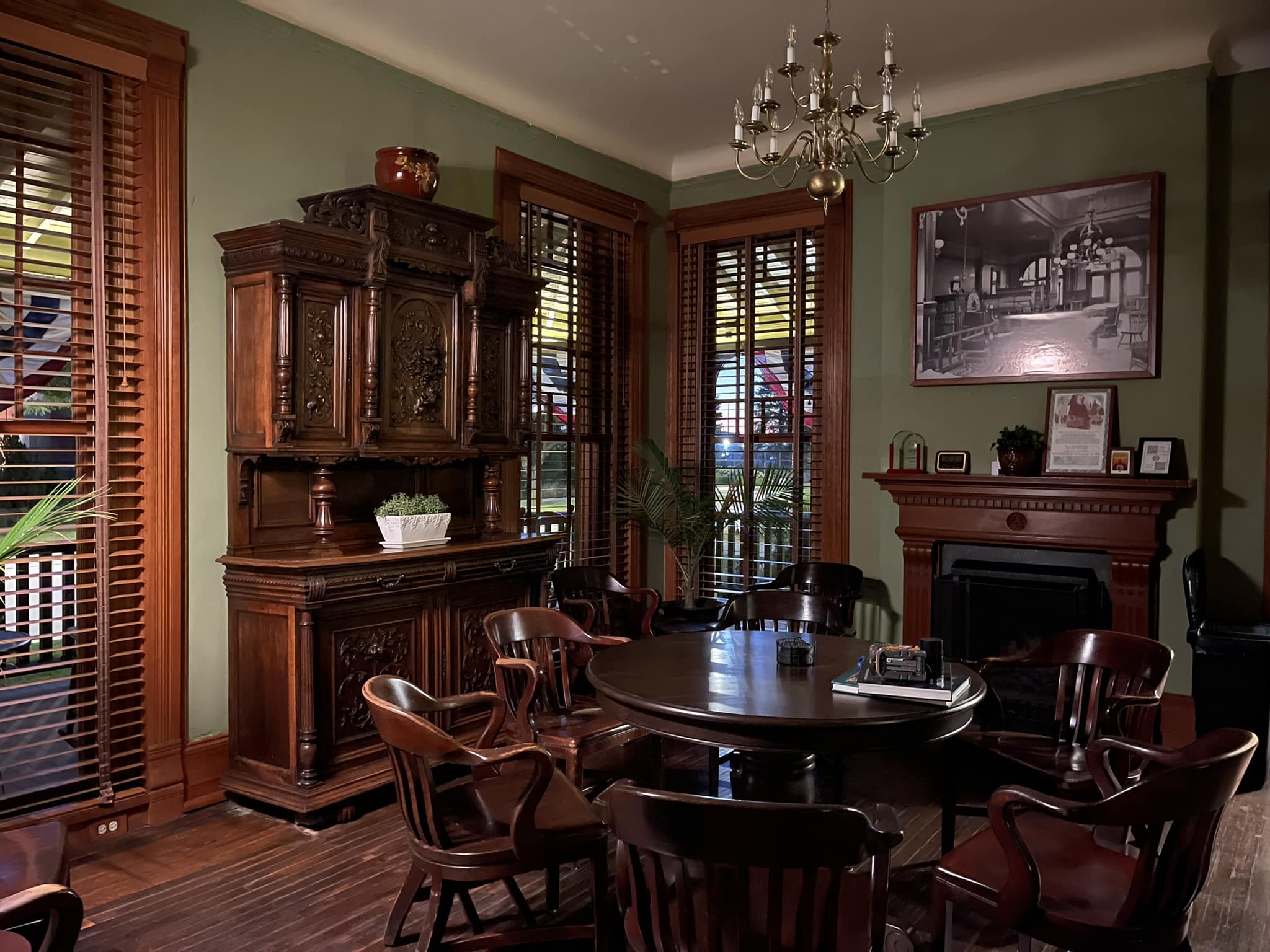
|
| Visitor Centers | Count: 1
Administration Clock Tower Building Visitor Center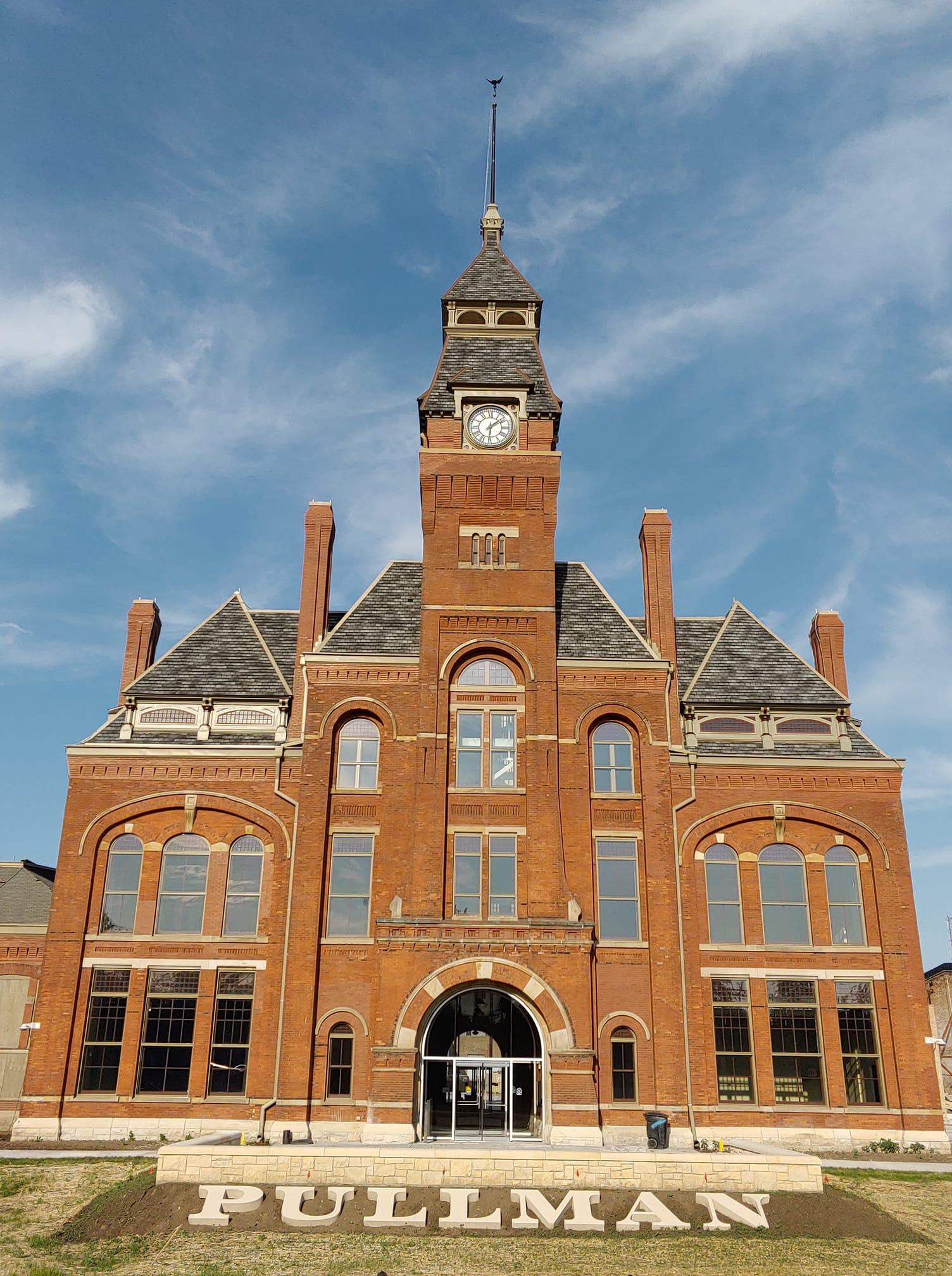
|
| Things to do | Count: 7
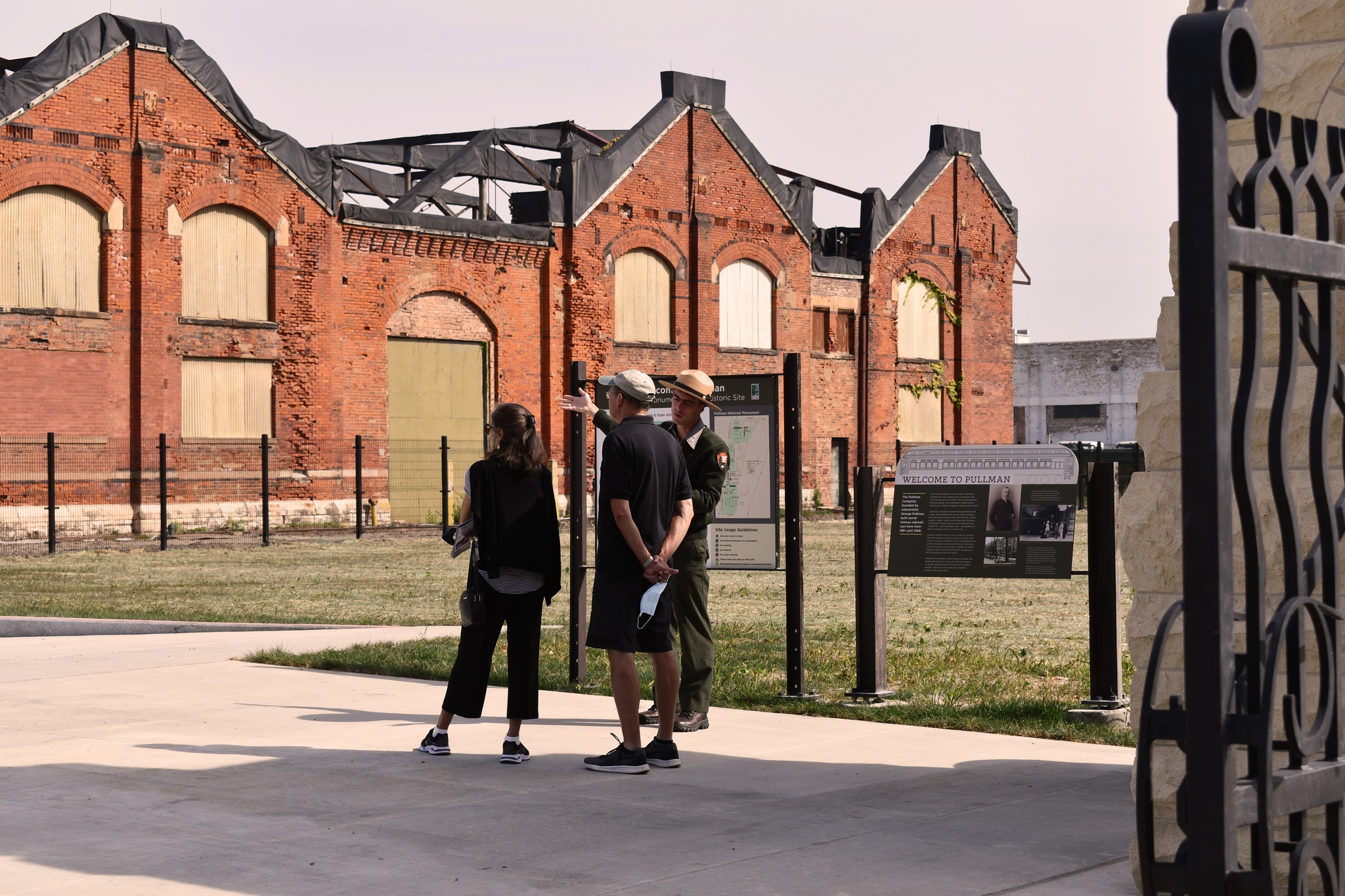
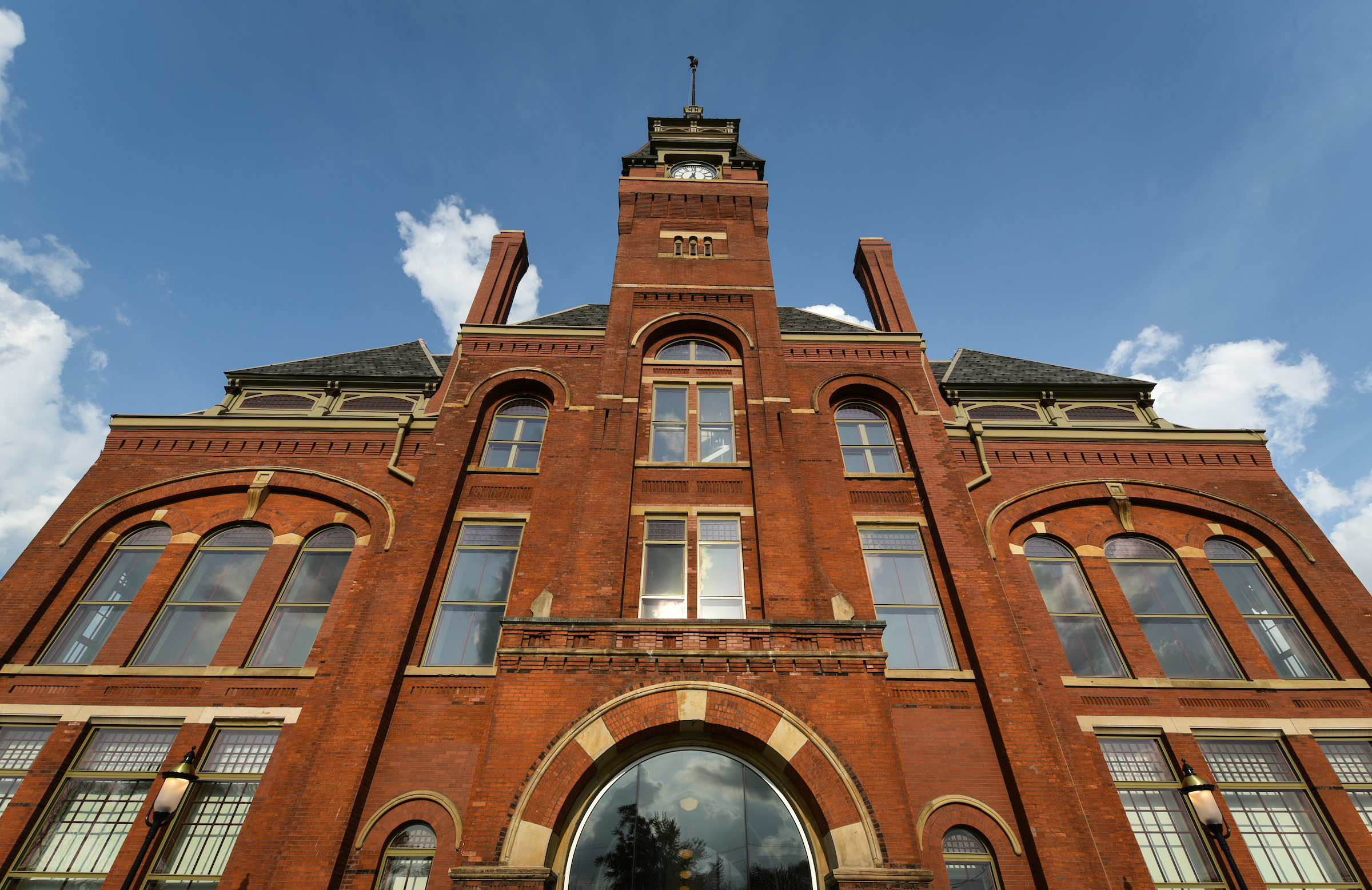
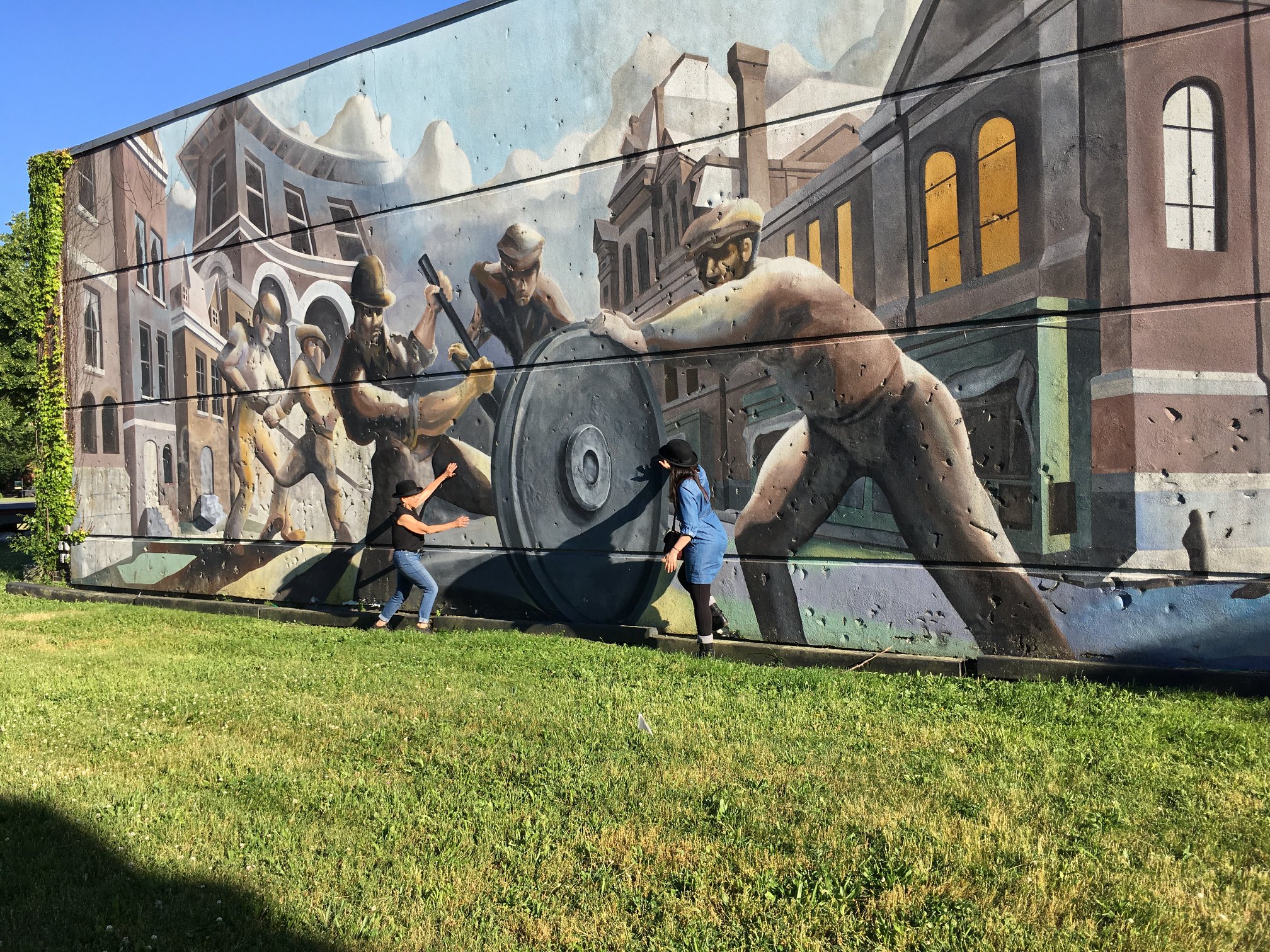
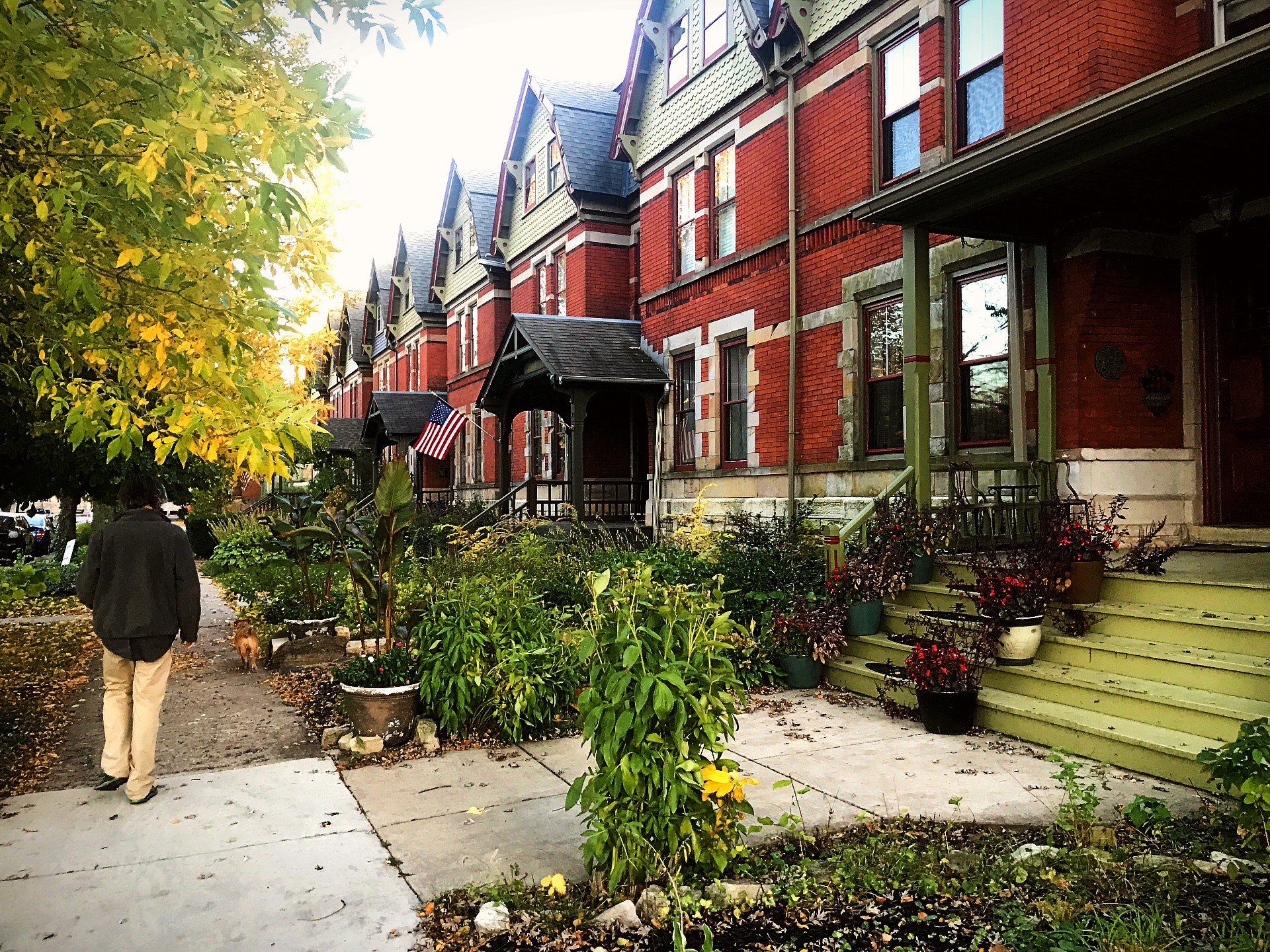
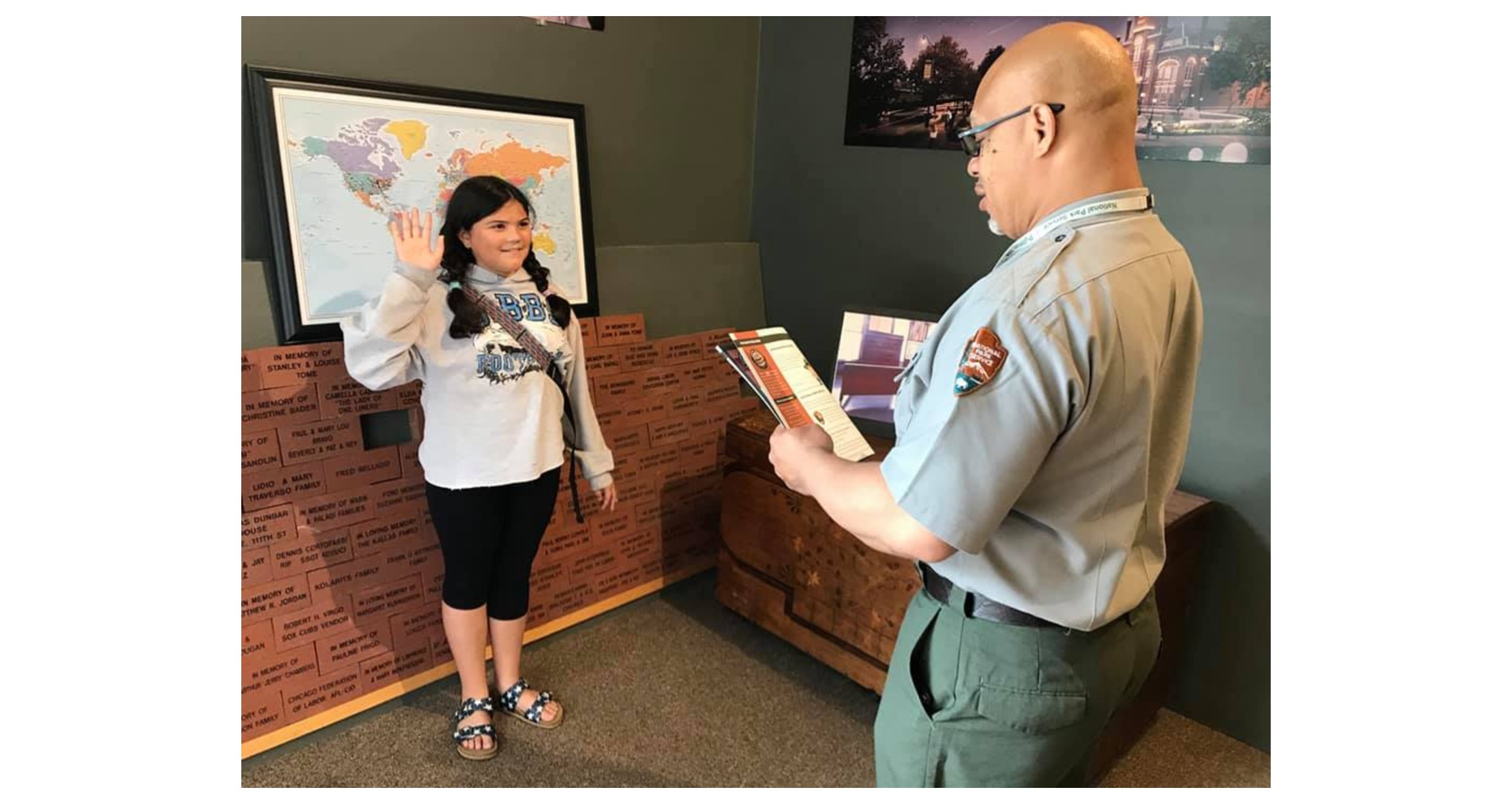
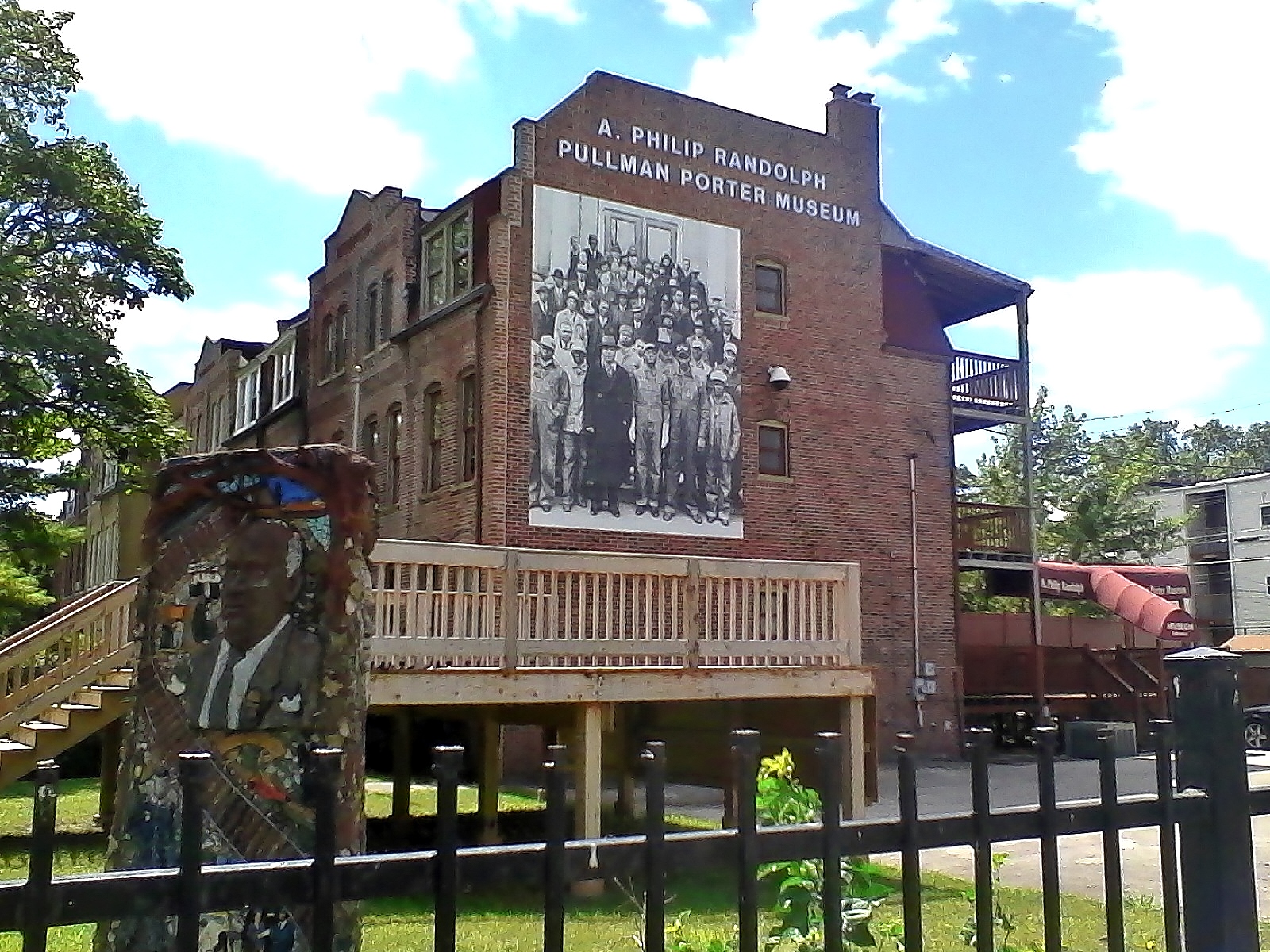

|
| Tours |
Count: 1
Promenade in PullmanOne of the features that went into the design of the 1880s historic Pullman town was that everything you needed was within walking distance. You can explore everything the Historical Park has to offer on foot. |
| Articles |
|